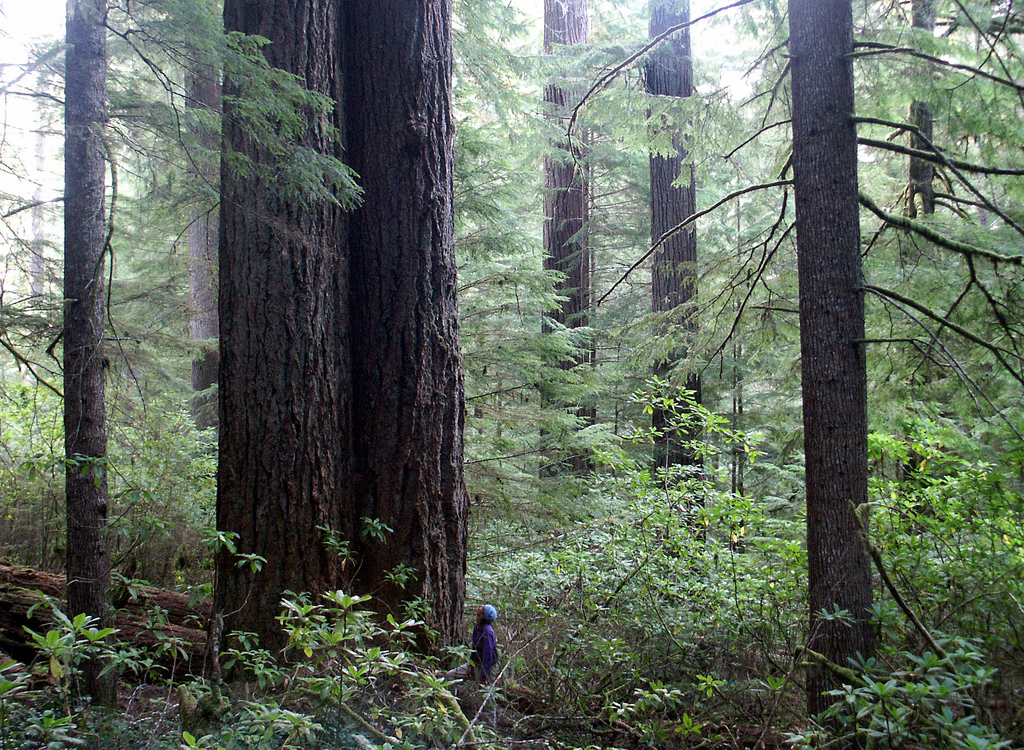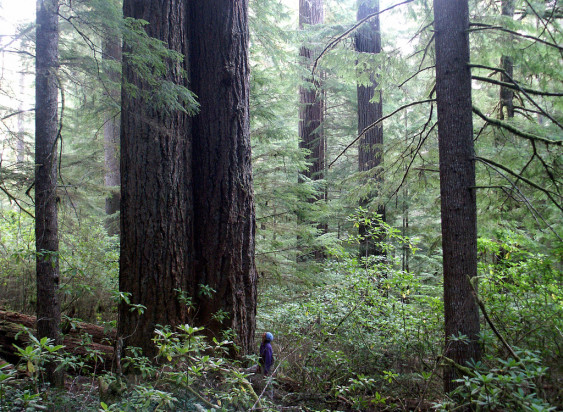“Trial of the century” is a bold claim given some of the competition (Bush v. Gore, same-sex marriage), yet there is climate-change litigation that will take place in Oregon that may be justified in claiming the title.
In fact, the significance of the upcoming 2018 trial may be one of the few points of agreement between government lawyers and the attorneys representing youth plaintiffs in a potentially ground-breaking climate-change lawsuit. In Juliana v. United States, those plaintiffs are arguing that the federal government has violated the U.S. Constitution for its decisions over the decades that have resulted in the United States pumping out over a quarter of the carbon dioxide that has accumulated in the planet’s atmosphere.
Significant hurdles do remain. The Ninth Circuit’s decision observed that “some of the plaintiffs’ claims as currently pleaded are quite broad, and some of the remedies may not be available as redress.” In other words, “watch your step.”
Last week, the Ninth Circuit federal court of appeals issued a decision allowing the lawsuit to proceed despite the government’s attempt to block it from moving forward. Ultimately, the plaintiffs are attempting to force the government to not only wind down fossil fuel use nationwide but also begin removing the existing excess CO2 that has already destabilized the climate. What the plaintiffs are undertaking is, needless to say, a sweeping, ambitious effort to dramatically reorient the United States’ current approach to climate change.
The Ninth Circuit’s decision is without doubt a positive development in the case. Although the “trial of the century” will not begin in February as originally scheduled, the plaintiffs will soon ask the district court to set a new date.
But significant hurdles do remain. The Ninth Circuit’s decision observed that “some of the plaintiffs’ claims as currently pleaded are quite broad, and some of the remedies may not be available as redress.” In other words, “watch your step.” And the U.S. Supreme Court may eventually be called upon to weigh in if the case advances as far as one climate change negligence lawsuit did in 2011. (Things did not go well for the plaintiffs in that case.)
Although the judge in the district court has endorsed the novel legal theories urged by the plaintiffs, the plaintiffs must now actually establish the facts in support of those theories. Can the plaintiffs show that their particular climate injuries were caused by the actions of specific federal agencies, such as the Department of the Interior encouraging fossil fuel extraction from federal lands? Or can the government agencies counter that they were constrained by existing statutes and an unwilling Congress? At what point was the scientific fact of global warming clear to government officials and did they deliberately continue policies that encouraged fossil fuel use despite that knowledge?
As with all good controversies: what did they know and when did they know it?
Originally, the youth plaintiffs and their allies brought the case in Oregon federal district court in the fall of 2015. Soon after, the federal government filed a motion asking the court to dismiss the case. The judge denied the government’s motion and set a date for the trial to begin in February 2018. In doing so, the court validated key aspects of the plaintiffs’ case, most strikingly in its finding that “the right to a climate system capable of sustaining human life is fundamental to a free and ordered society” and is protected by the Constitution.
The government was not pleased. The Department of Justice lawyers arguing the case on behalf of the government immediately took the unusual step of directly asking the Ninth Circuit Court of Appeals to intervene based on what the government considered to be the district court’s legal overreach. A panel of three Ninth Circuit judges agreed to put the litigation on hold, ordered the plaintiffs to respond, and required the parties to appear at a December hearing in California. Because the court typically denies such requests without even commenting on the matter, there was some concern that the court intended to prevent the case from proceeding further.
But as my daughter often reminded me during her elementary school years, nobody likes a line cutter. Without weighing the strength of the plaintiffs’ claims, the Ninth Circuit judges determined in their decision that that any errors that the district court judge may have made can be addressed in the normal course of an appeal, after the trial. The government attempted to short-circuit the process just because it didn’t like the district court judge’s refusal to dismiss the case. But that’s not how the system is supposed to work.
Plaintiffs are allowed their day in court, and if the district court was wrong, that can be corrected later when the entire case is on appeal. Indeed, the Ninth Circuit’s December hearing was a bit anticlimactic, with two of the judges more or less telling the government: “Not yet.” That’s the position spelled out in the Ninth Circuit’s written decision as well.
There is one more point of interest given the current #MeToo moment: the lone voice of skepticism during the hearing was Judge Alex Kozinski, a longstanding conservative member of the Ninth Circuit. He clearly found some of the plaintiffs’ legal theories to be of dubious merit and aggressively questioned the lawyer representing the climate youth.
He might have attempted to persuade his other two colleagues, but one week after the hearing, Kozinski resigned, following multiple allegations of inappropriate comments and encounters with female law clerks. (As briefly explored in a recent New Yorker article, the accusations should come as no great surprise.) He was replaced in the Juliana matter by Judge Michelle Friedland, who joined the other two judges in the unanimous Ninth Circuit opinion.
Plaintiffs are now free to continue with taking discovery, asking the government for relevant documents and taking the depositions of agency officials. Once complete, the parties will begin preparing for trial. Eventually, the district court and the parties will have to confront the issues noted above—and others—as the case unfolds. Regardless of the final result, the proceedings along the way will be fascinating to watch. Sightline will keep track of the major developments as they occur. Stay tuned for updates.
Michael Mayer practiced environmental law in the Northwest for close to a decade and now teaches climate change law at Seattle University School of Law.










Mark Trexler
It may be good news that the Ninth Circuit has sent this case back for trial, but that does not change the massive challenges plaintiffs will face going forward. Given that even the United States as a single entity could hope to have only a limited impact on future climate change, remedies are in fact a huge issue as noted above. Ironically, the biggest thing the case probably has going for it at this point is that it is going to trial during the Trump administration. Since climate denial is now almost official government policy, a judge or judges might actually be a lot more comfortable ruling in favor of the plaintiffs than would have been the case under an alternative administration. So the amount to be climbed is still very high, but perhaps not quite as high as it would have been a year ago.